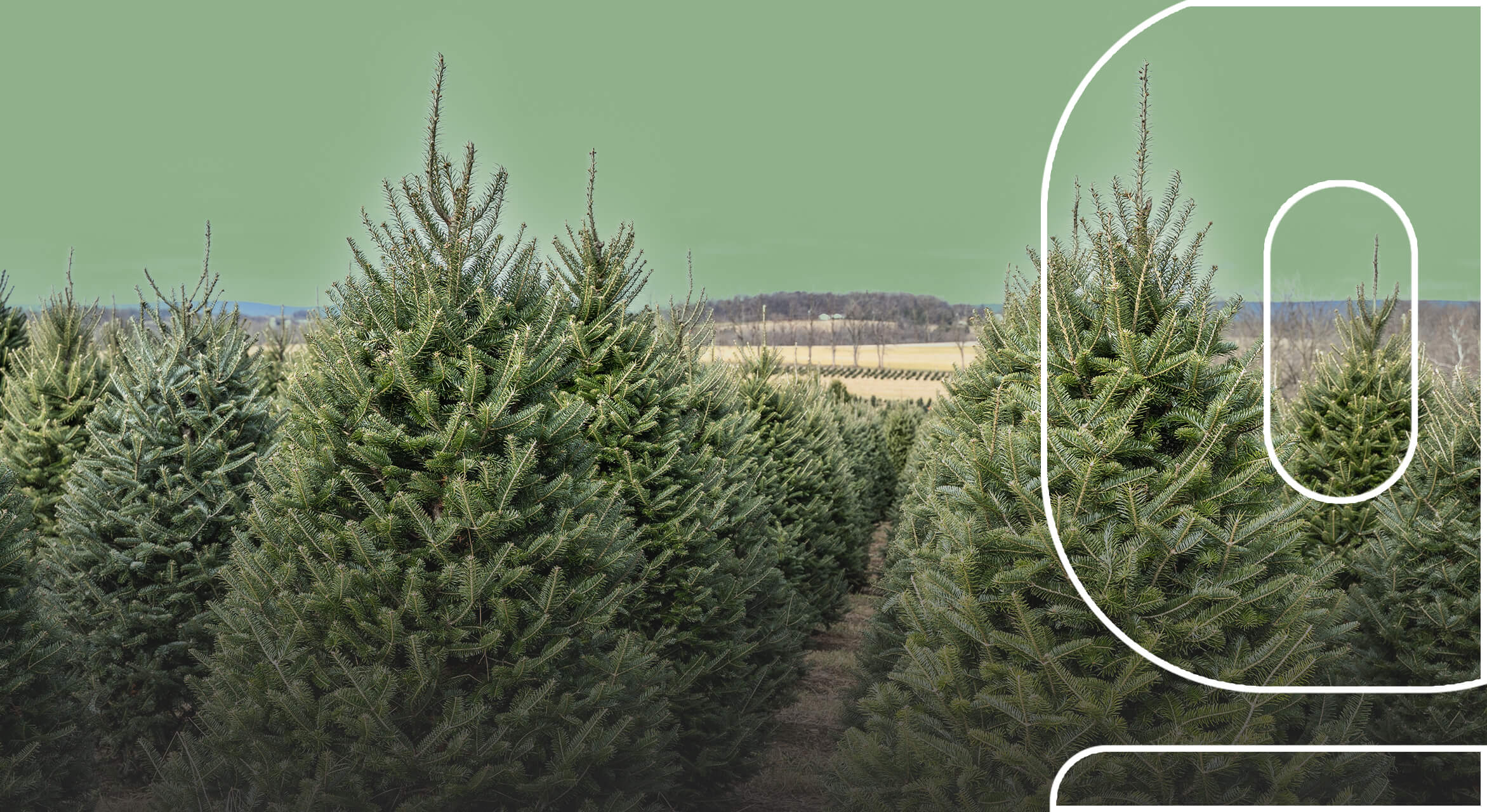
The Most Endangered Trees in the United States
We are reader-supported. When you buy through links on our site, we may earn affiliate commission.
The United States is home to many species of trees. From maple trees to palm trees to white pines, you’re bound to find a new tree species wherever you go. Trees are one of the most important plants. Without them, you wouldn’t have the life-giving oxygen, paper products, wood for building and much more air pollution. Plus, trees provide homes for thousands of creatures, and they offer much-needed shade and beauty on a hot day.
Unfortunately, there are many endangered species throughout the country. Factors such as insects, pests, disease, logging, pollution, invasive species, population isolation and development have all contributed to the endangerment of trees and many other plant and animal species.
These species are still present in some areas of the United States, but their rarity may lead to extinction.
What Are Endangered Trees in North America?
Endangered species are those that are in danger of being wiped from the Earth forever. It could become extinct throughout all or most of its range. Some commonly-known endangered species include the Javan rhinoceros, giant panda, Texas wild rice and Hinckley oak. If they aren’t protected or cannot reproduce and grow, then in years to come, they will likely become extinct.
That’s why the U.S. Fish and Wildlife Service administers the Endangered Species Act (ESA), which Congress passed back in 1973. Under the act, people are to protect and help recover any imperiled species and their ecosystems. It recognizes that part of the country’s natural heritage is the species that dwell in it, and it helps others realize how essential species are to ecology, education, recreation, and science.
Below are some of the most endangered trees in the United States, so hopefully, you can recognize them and do what you can to protect them.
1. Florida Yew
The Taxus floridana, also known as the Florida Yew, is one of the most critically endangered tree species. It only exists in a small, 9-square-mile section in northern Florida along the Apalachicola River. An increasing deer population and a lack of regeneration, as well as a deteriorating habitat, are the primary causes of its endangerment. The Florida yew is one of the rarest trees, and unfortunately, many are not protected because they live on private property.
2. North American Ash
The North American Ash tree has been in decline for many years now. An insect called the emerald ash borer, which is non-native and invasive to North America, infests the ash trees, and they’re nearly 100% fatal. It has caused the death of thousands of ash trees, which has already caused harmful effects on forest ecosystems. Parks and federal agencies are finding ways to capture the emerald ash borer to mitigate its impact.
3. California Redwoods
One of the most outstanding trees in North America is the California redwood. There are a few different California redwoods, and they all bring in thousands of tourists each year. Two redwood species — giant sequoias and coast redwoods — are endangered as listed on the International Union for Conservation of Nature and Natural Resources (IUCN). The populations continue declining because of natural death and inadequate regeneration.
4. Fraser Fir
You probably know about Fraser Firs because of Christmas. It’s one of the most popular Christmas trees, but it’s officially endangered. Although you may think that the cause of endangerment is due to chopping down millions of them to be put in homes around the holidays, that’s not the case — in fact, an insect called the balsam woolly Adelgid infects these trees and causes them to die.
5. Loulu
The Loulu is one of the many types of palm trees, and this one resides in Hawaii. Unfortunately, less than 150 of these trees remain due to threats like rodents and other animals that eat their seeds. Without seeds, these palm trees cannot regenerate. The Loulu grow about 30-feet tall, and in December, they bloom with gorgeous yellow flowers. Its name means “umbrella,” as these trees were once used to protect from the sun and rain.
6. American Chestnut
Finally, the American Chestnut is the last on this list of some of the most endangered trees in the United States. In the 19th century, the American chestnut was an extremely prominent tree, some reaching heights of 100 feet and diameters over 10 feet. There were once billions, but now only about 100 remain. The American Chestnut Foundation is attempting to restore the tree so it’s not extinct yet.
You Can Help Endangered Tree Species
You can be part of the conservation of endangered tree species. Become familiar with the endangered tree species that may be in your region or backyard. If you notice someone cutting down an endangered tree, speak out about it. Minimize your use of herbicides and avoid purchasing invasive species. Do what you can to conserve these precious plants!
Share on
Like what you read? Join other Environment.co readers!
Get the latest updates on our planet by subscribing to the Environment.co newsletter!
About the author
Steve Russell
Steve is the Managing Editor of Environment.co and regularly contributes articles related to wildlife, biodiversity, and recycling. His passions include wildlife photography and bird watching.





